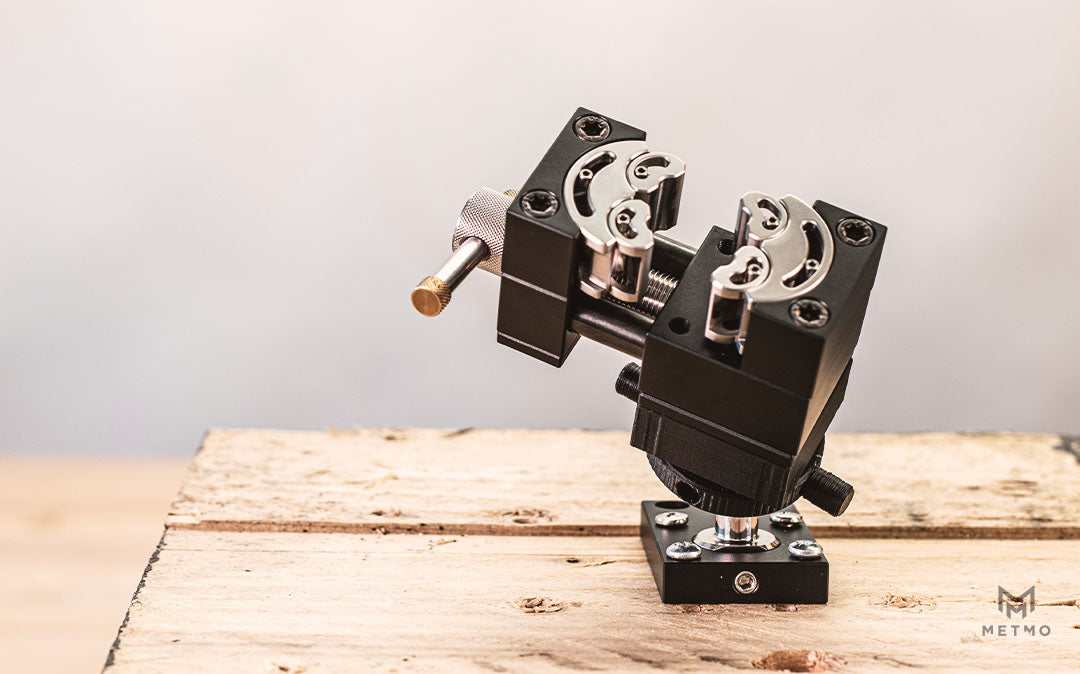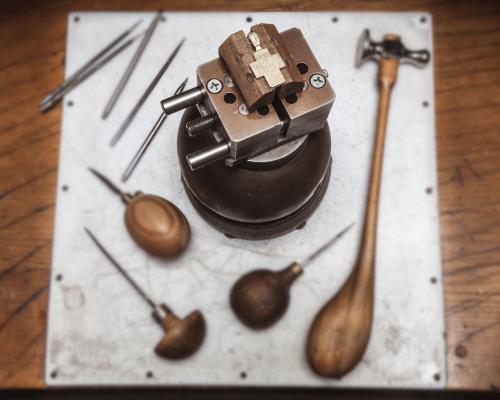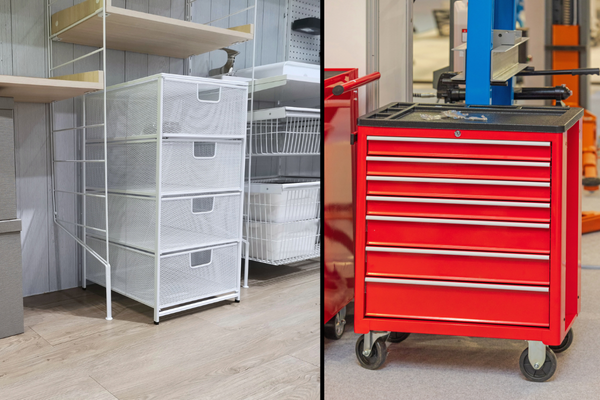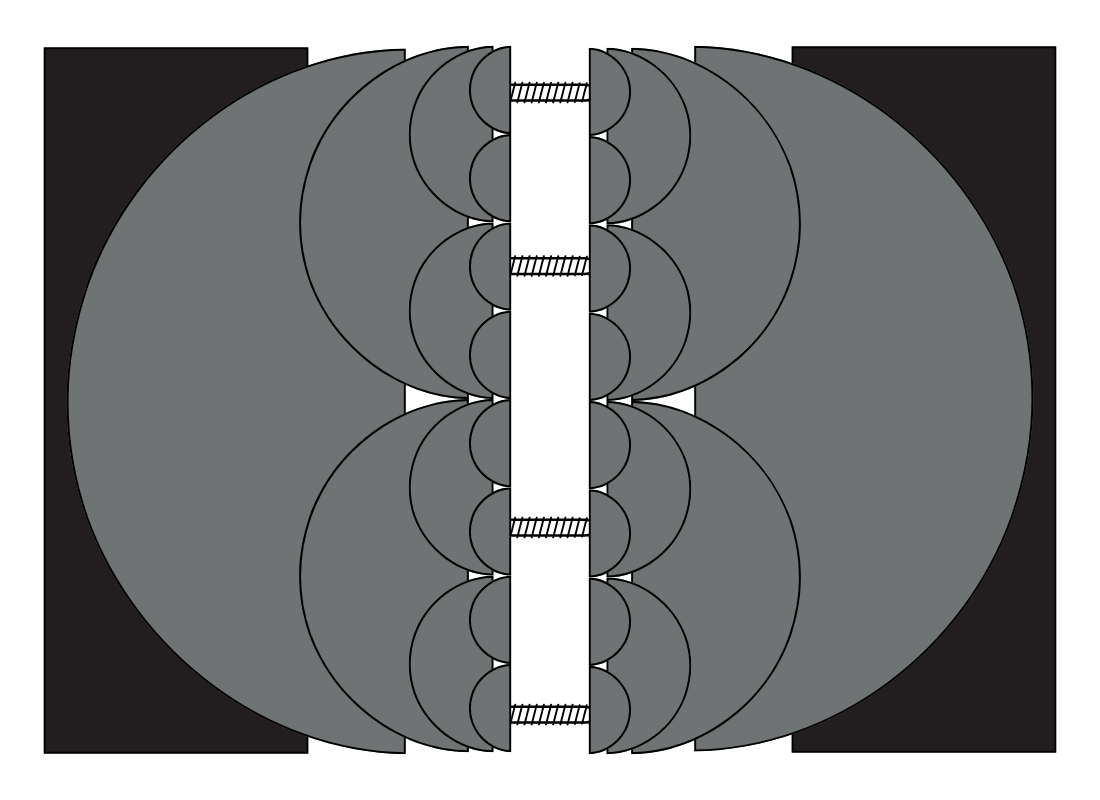The MetMo Blog
We love all things engineering. From deep dives into our products to historical explorations, there’s a wealth of information just waiting for you on the MetMo blog!
Pro tip! Search ‘Pocket Driver’ to get your descent into MetMo started.
Latest Blog Posts
Take A Look At Our Little Bits
The Fractal Vise is made up of 17 unique parts and 46 components, each designed with precision and purpose. From the Medium Fractal at the core to the hardened Small Fractals and symmetrical Upper Fixed Jaws, every element plays a role in delivering smooth, reliable clamping. The Stub Shaft controls movement, aided by a brass ring for silky turns, while the Posts of Power and guiding dowels keep everything aligned and running true. Even the silicone base and cross bar are carefully considered for grip and adjustability.
Behind the scenes, a mix of hardened steels, over-engineered fasteners, and thoughtful upgrades ensure strength, durability, and a satisfyingly refined experience. It’s compact, clever, and overbuilt in all the right ways—because why settle for less?
Getting To Grips With Your Adjust-a-balls
In this update, we deep-dive into the precision-built ball clamp and workstation, the foundation for turning your Fractal Vise into a rock-solid, ultra-adjustable workshop centerpiece. The new design allows full rotational control, firm locking, and seamless integration with your workspace. Whether you’re fine-tuning tiny parts or securing hefty components, this is the upgrade your bench didn’t know it needed.
We dove deep into the origins of the fractal vice, tracing it back to 1913 and Austrian inventor Paulin Karl Kunze. Patented worldwide, his clamping creation evolved into the Mantle Vise in 1920s New York—complete with intricate dovetail joints and jaw configurations that could grip just about anything.
Despite its genius, the vice vanished by the 1930s, a casualty of the rise in mass production. But its legacy lives on—in our hands. We're reimagining this brilliant design, testing new jaws, and pushing the limits of what a vice can do.
The past has never been this gripping.
Da Vinci did what? 6 of his concepts you’ve (maybe) never heard of
Leonardo da Vinci wasn’t just the guy behind the Mona Lisa—he was the OG mechanical mastermind. In this post, we dig into six of his most surprising and underrated inventions, including a 15th-century CVT, a hand-cranked blender, a scuba suit, and even an early corkscrew (priorities, right?).
These wild concepts show just how far ahead of his time he was—and why we at MetMo love over-engineering the everyday. If you’re into mechanical creativity, historical oddities, or just enjoy breaking things to see how they work, you’ll feel right at home.
Because even 500 years later, a great idea never rusts.
Tighten up your knowledge on these 10 vise types
Whether you're a DIY enthusiast, a seasoned machinist, or just someone who appreciates well-made tools, understanding the different types of vises can seriously elevate your workshop game. From the classic bench vise to the precision of a machine vise, each type is engineered for specific tasks — and knowing the right one to use can save you time, frustration, and even improve the quality of your work. In this guide, we break down 10 essential vise types, how they work, and what makes each one a must-have (or not) depending on your project.
6 design principles that make any personal makerspace maketastic
Your makerspace is more than just a workbench—it's your creative command center. Whether you're soldering circuits, carving wood, or prototyping your next big idea, the design of your space can make or break your workflow. In this post, we dive into six essential design principles that turn any workspace into a maketastic haven of productivity, inspiration, and efficiency. From layout logic to storage hacks, these tips will help you build a space that works as hard as you do.
Getting to Grips With the Fractal Vise
In our latest update, "Getting to Grips with the Fractal Vise," the team delves into the intricacies of our innovative clamping tool. The Fractal Vise is designed to securely hold objects with irregular shapes, such as round tubes or delicate models, by using six independently moving jaws that conform to the object's contours. This design allows for a firm grip without damaging the workpiece, making it ideal for tasks like filing, painting, or drilling. The vise is available in two sizes: the Fractal Vise 32 and the Fractal Vise 82, catering to different project needs.








